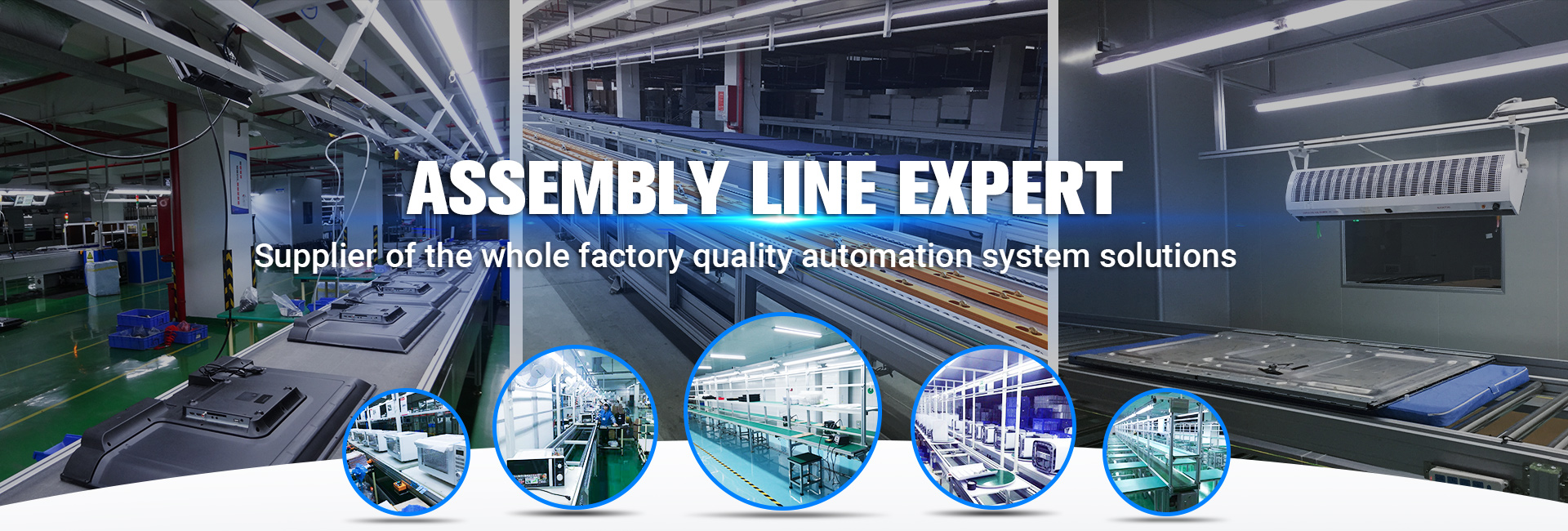Compared with the traditional shafted screw conveyor, the shaftless screw conveyor adopts the shaftless design and uses a flexible integral steel screw to push the material, so it has the following outstanding advantages: strong anti-winding. The following is a brief introduction to the testing instructions of the shaftless screw conveyor:
a. The shaftless screw conveyor should be started without load, that is, when there is no material in the casing, it can start feeding the shaftless screw conveyor.
b. During the initial feeding of the shaftless screw conveyor, the feeding amount should be gradually increased until the rated conveying capacity is reached, and the feeding should be uniform, otherwise it will easily cause the accumulation of the conveyed material and the overload of the driving device, which will make the whole shaftless screw conveyer. machine is damaged.
c. In order to meet the requirement of no-load start of the shaftless screw conveyor, the shaftless screw conveyor should stop feeding before stopping, and stop running after the materials in the shaftless screw conveyor casing are transported.
d. Hard bulk materials should not be mixed into the conveyed materials to avoid damage to the shaftless screw conveyor caused by the screw stuck.
e. Always check the working state of each part of the shaftless screw conveyor during use, and pay attention to whether the fasteners are loose. If the parts are found to be loose, tighten the screws immediately to make them firm again.
f. The cover of the shaftless screw conveyor should not be removed when the machine is running to avoid accidents.
When the whole shaftless screw conveyor production line is in trial operation, the shaftless screw conveyor can be put into production, bringing many benefits to the enterprise. Contact: Gao Yue
Compared with the traditional shafted screw conveyor, the shaftless screw conveyor adopts the shaftless design and uses a flexible integral steel screw to push the material, so it has the following outstanding advantages: strong anti-winding. The following is a brief introduction to the testing instructions of the shaftless screw conveyor:
a. The shaftless screw conveyor should be started without load, that is, when there is no material in the casing, it can start feeding the shaftless screw conveyor.
b. During the initial feeding of the shaftless screw conveyor, the feeding amount should be gradually increased until the rated conveying capacity is reached, and the feeding should be uniform, otherwise it will easily cause the accumulation of the conveyed material and the overload of the driving device, which will make the whole shaftless screw conveyer. machine is damaged.
c. In order to meet the requirement of no-load start of the shaftless screw conveyor, the shaftless screw conveyor should stop feeding before stopping, and stop running after the materials in the shaftless screw conveyor casing are transported.
d. Hard bulk materials should not be mixed into the conveyed materials to avoid damage to the shaftless screw conveyor caused by the screw stuck.
e. Always check the working state of each part of the shaftless screw conveyor during use, and pay attention to whether the fasteners are loose. If the parts are found to be loose, tighten the screws immediately to make them firm again.
f. The cover of the shaftless screw conveyor should not be removed when the machine is running to avoid accidents.
When the whole shaftless screw conveyor production line is in trial operation, the shaftless screw conveyor can be put into production, bringing many benefits to the enterprise.
与此原文有关的更多信息要查看其他翻译信息,您必须输入相应原文
Post time: Jun-17-2022



